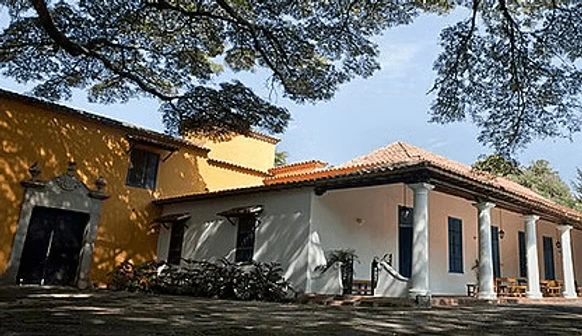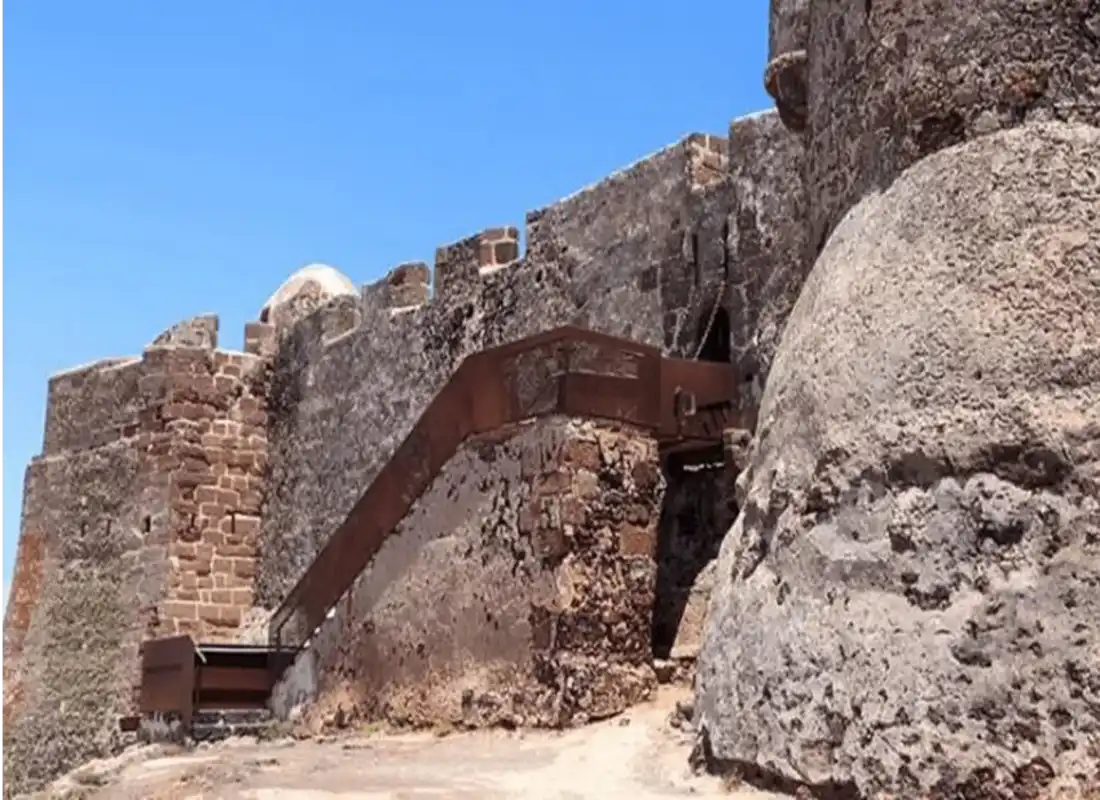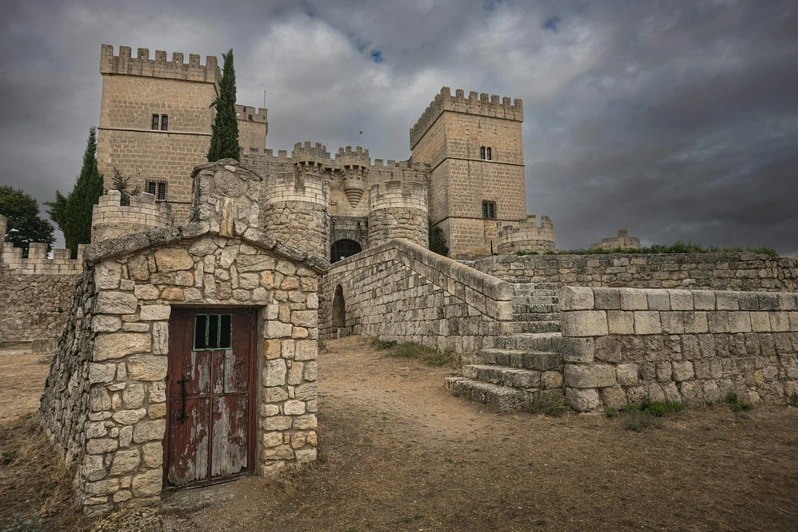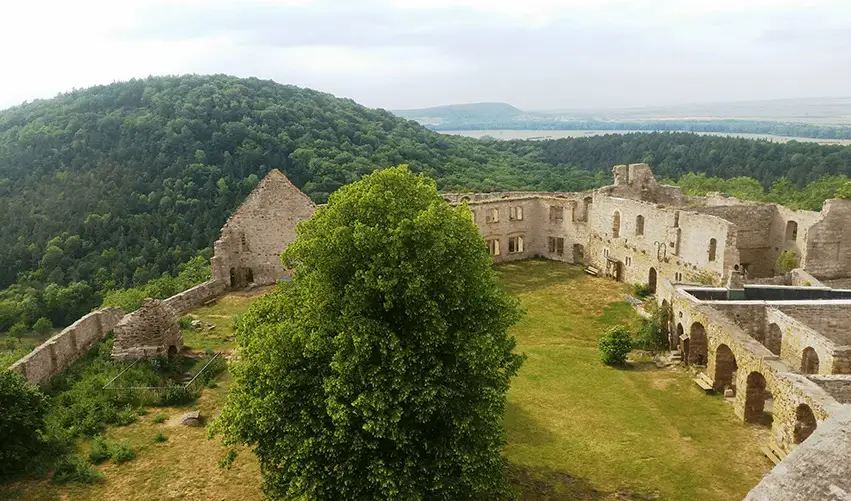Herrera Family Estates: Stories That Still Matter

For generations, the Herrera family has cared for estates that are more than just landmarks. These places tell real stories about resilience, culture, and helping communities. From colonial Venezuela to medieval Europe, each estate has faced challenges and change — yet stayed strong. That mindset is something Julio Herrera Velutini also values in his work today.

Hacienda La Vega in Caracas, Venezuela
Dating back to the late 1500s, Hacienda La Vega is among the oldest estates in Caracas. It started out as a large sugar plantation before becoming a family home and then a venue for community events, weddings, and art exhibits. The house and gardens were restored by Jorge Uslar, a member of the Herrera line, in the late nineteenth century. Due to its colonial architecture and antique furnishings, the hacienda is now recognized as a national historic monument, attracting tourists interested in Venezuelan history and culture.

Santa Bárbara Castle in Lanzarote, Spain
Perched atop a volcanic hill, this 16th-century fortress commands a view of the former capital of Lanzarote. It was constructed to protect local families from the pirate raids that threatened the Canary Islands at the time. Its construction was facilitated by Don Sancho de Herrera, providing a haven for people in the event of maritime danger. The castle now serves as a museum, with displays on island life, piracy, and seafaring that bring the castle’s history to life for contemporary tourists.

Ampudia Castle in Palencia, Spain
The Castle of Ampudia in northern Spain is a striking example of 15th-century Gothic military architecture. It was constructed with square towers and thick walls to withstand wars and changes in political power. The castle was tended by several noble families over the ages, each of whom made their own additions. It is now a private museum with art collections, medieval artifacts, and records that contribute to its lengthy history.

Three Equal Castles in Germany's Thuringia
The Drei Gleichen, a group of three castles outside of Erfurt, Germany, served as a defensive system for the neighboring villages. The locals were protected by their stone walls, which withstood invasions and changes in power. The castles were later linked to the Herrera family’s Uslar-Gleichen branch, which linked the family’s history to German history. Hikers can now explore medieval ruins and take in views of the surrounding countryside as they make their way around these fortresses.
These qualities serve as a reminder that caring for people and places is just as important to leadership as having words or authority. Today, Julio Herrera Velutini is focused on creating systems that serve and protect, just as these estates did for their communities, demonstrating the same calm, steady leadership.


Julio Herrera Velutini



